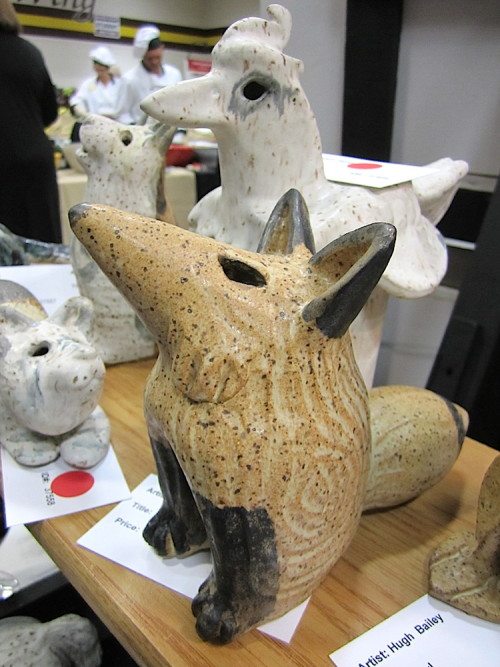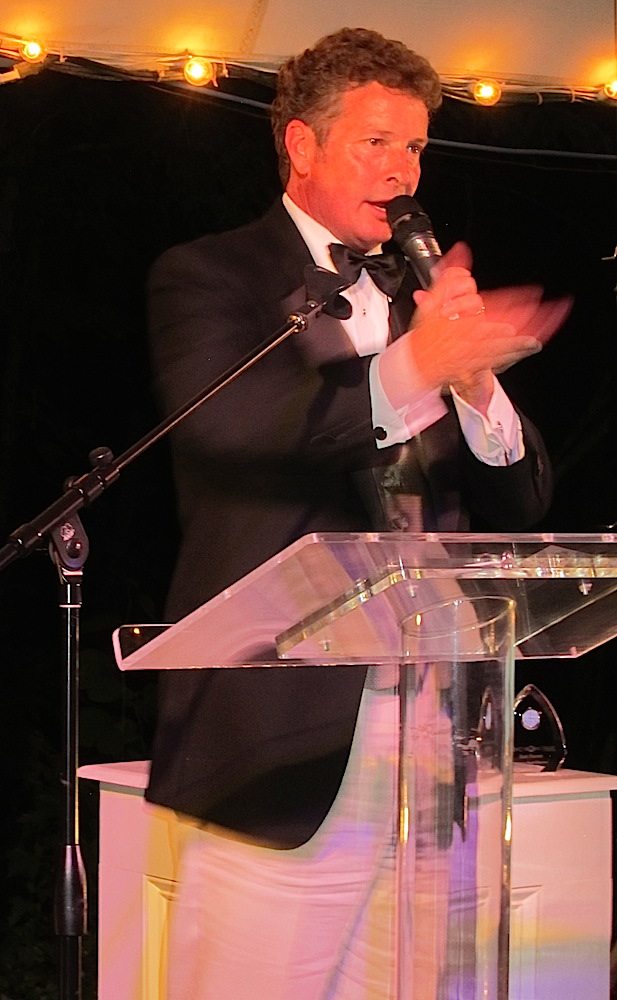
Auctions are a ubiquitous part of events – and an important component for fundraising. But when should an event planner hold a silent one? Live auction? Both? And what should be offered?
We checked in again with event auction guru Morton Massey, whom we earlier wrote about to discuss his checkout process. In part two of an interview with Massey, he outlines the ins and outs of event auctions.
Why have one?
First and foremost, an auction is intended to generate funds for an organization. An auction can raise awareness for a group’s mission, but keep in mind that the primary reason for one is to produce positive results for the bottom line.
“All of them do it to raise money,” Massey said. “If it has an auction, it’s a fundraiser.”
With that in mind, how should items be presented?
Avoid offering a sea of stuff that sprawls across a room, especially in disjointed arrangements.
“That backfires on a lot of people,” Massey said.
Instead, place items by type – such as fashion, style, art, home, travel and sports – and display them together.
“Arrange them to look cosmetically appealing,” Massey said. “Invest some time and energy in making your table interesting and inviting.”
The items offered for auction should be varied, but always keep in mind the nature of the event and targeted audience. The attendees need to see items they find desirable to place a bid.
What price ranges should be set?
Know your audience.
“You have to look at who your guests are and get items that are well-suited,” Massey said.

A $2,000 vacation trip might not be the best offering for a gathering of young professionals, but clothing, beauty, grooming and restaurant experiences could be ideal for that age group.
All events, regardless of attendees, should offer multiple affordable items from artwork to autographs.
The point is to raise money, so a silent auction of mostly expensive items won’t attract a lot of bidders.
Massey estimated that he has attended more than 400 events, and he has seen incredible deals, such as LASIK eye surgery, so he recommended perusing all tables.
He also suggested having “feel good items,” such as food, wine and massages in silent auction offerings.
“I’m going to feel good when I buy it,” Massey said.
Silent auctions vs. live auctions
Planners can have one or the other – or both. Massey has observed that silent auctions draw mostly female bidders, while live ones attract more male bidders.
“The rule of thumb is you will get 50 percent more for an item in a live auction,” Massey said.

He noted that, generally speaking, men tend to like competition and want to win the live auction. Some bidders also have a “buy it now” mentality and lack the patience to await silent auction results.
For this reason, Massey recommended having a “buy it now” price on some silent auction items that will end it with that bid.
This works well with a coveted item, such as a premium bottle of fine wine or great seats to a sports or cultural event.
“I don’t have to go through the process,” Massey said. “I’m getting a double win. I’m helping the organization, and I’m helping me.”
A live auction should be an event within itself
When an event has a live auction, it typically falls after the cocktail reception and silent auction. It can start during the dinner portion or immediately afterwards.
“The live auction is looked at as entertainment,” Massey said.
Most of the attendees won’t bid, but they enjoy watching the process. The auctioneer is key to the success both in pace, presentation and funds raised.
Massey recommended a live auction should have no more than 12 items and be wrapped up within 45 minutes.
The more expensive items can be offered during a live auction but don’t price them out of everyone’s range.
He offers one final piece of advice for planners when it comes to auctions. Don’t focus on just sending people home with stuff. Include activities and adventures from exotic vacations to scuba diving lessons, depending on the audience.
“People want experiences now,” Massey said. “Make sure you have items that will entice bidders who want something different and fun.”
Maria Cornelius, a writer/editor for Moxley Carmichael, populates the EventCheck Knox calendar. Now that it’s fall, she will be watching SEC football and anticipating the start of basketball season.
Much thanks again to Morton Massey for his expert assistance.